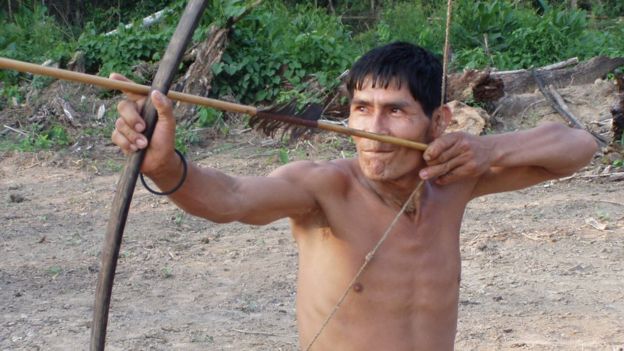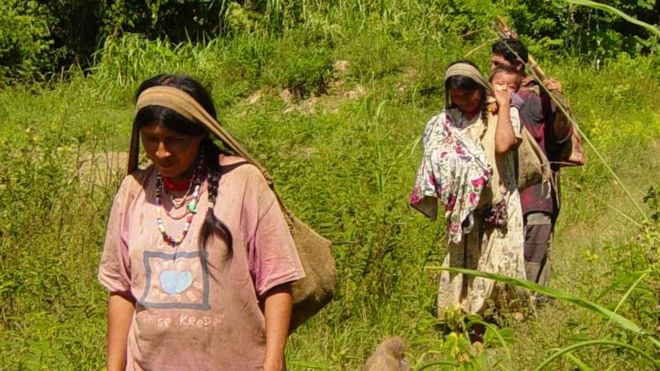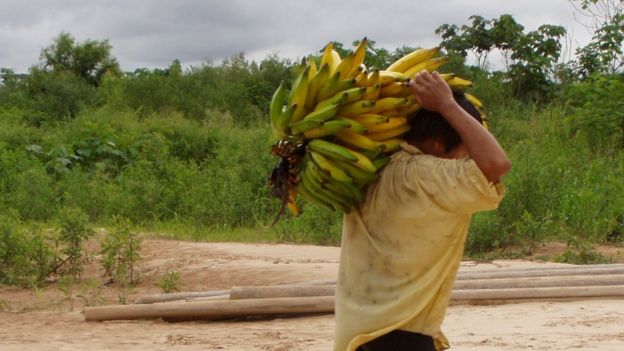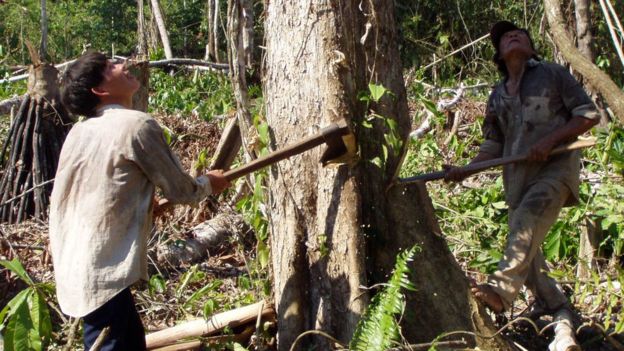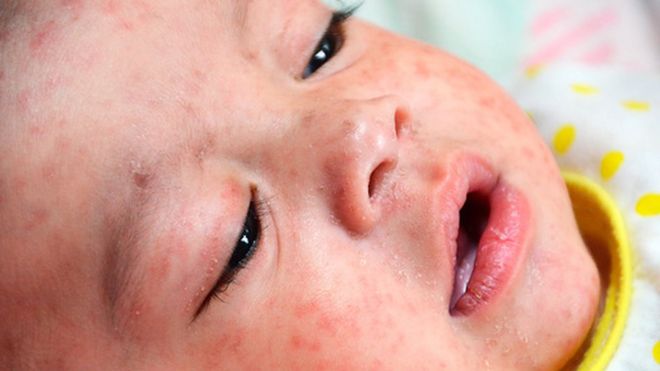After
the SUICIDE of a 4th Year Medical Student, a Medical School is seeking to
change its training culture
A New York City medical school has embarked on a soul-searching
campaign of culture change after a 27-year-old student there jumped to her
death last summer from her eighth-floor dorm residence.
“Rocked
by waves of anguish, anger and frustration, guilt, fear and profound sadness,”
the Icahn School of Medicine at Mount Sinai is trying to forge a kinder,
gentler system of training, according to an essay by a dean at the schoolin
the New England Journal of Medicine.
The
school is considering significantly expanding access to mental-health
specialists, as well as changing aspects of its grading system. Another idea on
the table: creating a hub for activities related to student health and
well-being.
“Medical
school is a cauldron,” says David Muller, the school’s dean for medical
education, and the author of the essay that promises to improve conditions for
Sinai’s doctors-in-training, both students and residents. The residents are at
the front lines of care, Dr. Muller added in an interview, and “feel very often
helpless and hopeless, the machine is intense and churns on relentlessly.”
One
morning in August, the fourth-year medical student took her life on Mount
Sinai’s campus on New York’s Upper East Side. Several months earlier, a medical
resident, also female, committed suicide at the school’s West Side campus.
Jordyn
Feingold, a first-year medical student, lived next door to the woman who
committed suicide in August. Ms. Feingold had arrived at Sinai only 10 days
before the tragedy and recalled how she and her peers were racked by “cognitive
dissonance”—excited about starting training but distraught at the tragedy. “It
was very weird,” she said.
Ms.
Feingold, who is 24 and has a master’s in applied positive psychology, joined a
task force Dr. Muller charged with figuring out how to improve Sinai’s academic
culture and doctors’ well-being. “We are so focused on taking care of patients,
to give quality care, but absent from our education is how we can take care of
ourselves,” she said.
In
2014, two other young doctors-in-training at two different New York-area
medical schools committed suicide. “We are all in the same very, very, scary
boat,” Dr. Muller said.
The
deaths underscore a broader problem, researchers say: That young doctors and
medical students face grueling academic pressures and are experiencing high
rates of burnout, depression and psychological strain.
But
it isn’t because individuals drawn to medicine are necessarily more prone to
angst. “We found at admission that the kids look fine,” says Liselotte Dyrbye,
professor of medicine at Mayo Clinic in Rochester, Minn. “It is as if they go
through our training process, and they develop worsening mental health.”
Dr.
Dyrbye blames this on an “absurd” medical system: “It is the curriculum, it is
the learning environment, it is the type of stuff you do as a [young]
physician, and it is not unique to Mayo, it is not unique to Sinai.”
The
Mayo researcher, who studies physician well-being, says in addition to
mastering vast amounts of information, medical students and residents cope with
“complex patient interactions, the suffering, the deaths.” Too often, “it is
not a supportive environment—students are set up to compete with each other.”
Arthur
Caplan, a bioethicist at the NYU School of Medicine, describes physician
burnout as “a kind of epidemic” that can also hurt patients.
“There
is trouble for patients in having a work force that is burned out,” he said in
a video on the medical-information website Medscape, noting that these
physicians may have “compassion fatigue” and could be prone to making medical
errors.
It
isn’t clear what drove Kathryn Stascavage—the student referred to as “Kathryn”
in the New England Journal essay—to suicide, nor what role the pressures of
medical school may have played.Through Dr. Muller’s office, the family declined
to comment.
Even
so, Prameet Singh, vice chair of psychiatry at Mount Sinai’s West Side campus,
says the tragedy “gives us a chance to pause and look at what is the matter
with our medical system—what do we do to contribute to the stresses and
tribulations.”
Dr.
Singh, along with about 30 faculty members, medical students, fellows and
residents, took part in the task force, and proposed steps to remedy the
academic culture. They were split into three areas—mental health, physician
well-being and the learning environment.
Dr.
Singh’s group, which focused on mental health, grappled with making it easier
to consult a therapist. That meant both removing the stigma of psychiatric
care, and arranging access to affordable practitioners, since many don’t accept
insurance. One proposal calls for making more therapists in the institution
available to students. Another idea: identifying 15 to 20 therapists willing to
lower their fees for students. The school also would like to ask students to
have regular mental-health checkups, with an “opt-out” possibility if they
don’t wish to have them.
Jonathan
Ripp, an internist on the faculty of the Icahn School who co-chaired the
working group on well-being, believes young doctors and trainees are suffering
because medicine has changed dramatically.
“There
are a lot of new pressures and physicians are being scrutinized more than
before,” Dr. Ripp says. An older generation “could spend most of the time
looking at the patient and speaking with the patient,” whereas now, “you have
15 minutes to see someone.”
Dr.
Ripp’s group suggests dedicating space on campus to a clearinghouse where young
doctors and students could avail themselves of a “menu of well-being”—such as
finding a psychiatrist or signing up for a mindfulness training session.
His
group wants “protected dedicated time” built into the schedules of medical
students and trainees, to allow them to take a break, meet with peers, and
review stressful incidents such as the death of a patient. “Until now, it was
expected you would deal with it,” Dr. Ripp said, “but it is not normal to
experience a death and go about your business.”
Dr.
Muller is most concerned about the academic culture: “I said to the group, we
can have an army of psychiatrists, and have mindfulness and yoga every day, but
if we don’t change the fundamental culture of academic medicine, all we will do
is produce more burned-out people.”
Sinai
tackled one source of angst—a high-stakes grading system marked by quotas for
third- and fourth-year students that limited “honors,” a coveted distinction
that helps an individual enter residency programs—to 25% of the class. After
“honors,” the “high pass” distinction was limited to 25%, while the remaining
half of the class would receive a “pass” grade. The system provoked intense
rivalry among students, Ms. Feingold says.
The
school has rejiggered the distribution to allow one-third of students to
receive “honors,” one-third “high pass” and one-third “pass,” Dean Muller said,
with an eye to creating a system that will drop the limits altogether.
Dr.
Muller is hopeful the tragedy will accelerate change: “The same kind of
compassion and humanism we are teaching them to show patients, they should be
showing each other and we should be showing them.”

